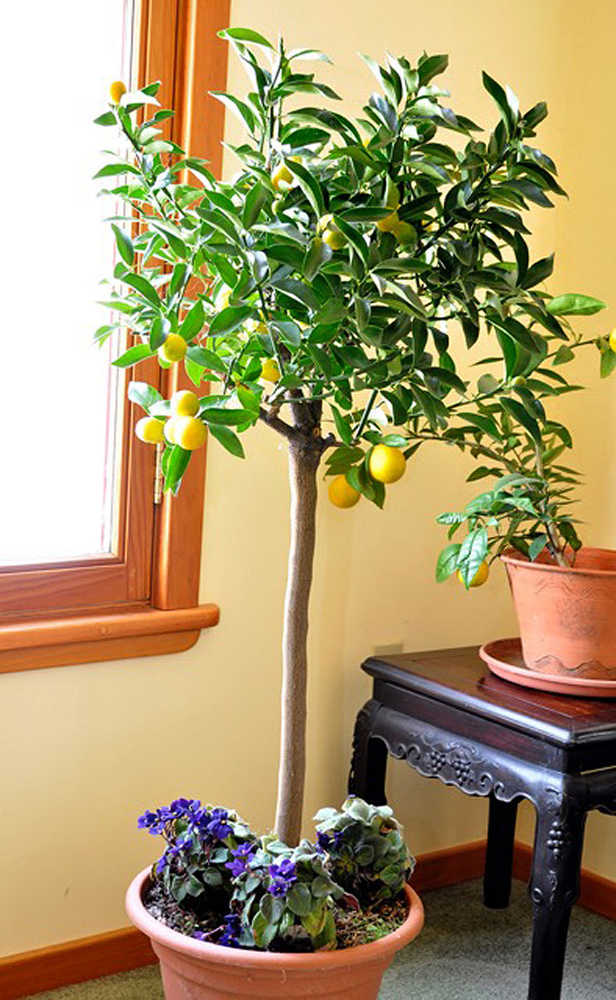Cold and snowy winters agree with me just fine. Still, as a northern gardener, my mouth waters and my hands itch to be able to pluck ripe citrus from a home-grown tree in winter.
It can be done; just look at all the potted calamondin orange trees now basking in sunny windows. As pretty as calamondin trees are, though, their fruits are hardly edible.
The citrus that offers the most bang for your buck as a potted plant is kumquat. (Once its own genus, Fortunella, it was recently deemed close enough to oranges, grapefruits, lemons and the like to be moved into their shared genus, Citrus, and now goes under the name Citrus japonica.)
Like other citrus, kumquat is a pretty sight all year ‘round, sporting glossy, evergreen leaves that provide a perfect backdrop for the waxy white flowers. And kumquat’s flowers waft the same sweet fragrance as other citrus plants.
The fruit itself is what makes kumquat stand out from the rest of the citrus crowd. You can eat only the pulp of oranges and grapefruits, and use only the juice of a lemon or lime. But you can eat a whole kumquat, skin and all.
In fact, the skin is perhaps the best part. It has a sweet, spicy flavor. The golden-orange fruits are about the size of a quarter, so they look perfectly proportioned to a potted plant, and can be popped whole into your mouth.
With just a few special considerations, grow kumquat just as you would any other houseplant. Fruiting takes energy, which comes from sunlight, so my kumquat trees spend summers outdoors in almost full sun, and winters at a bright, west-facing window.
A bright window — unobstructed by plants or shades — facing east or south would do equally well. A cool room is best in winter.
I use the same potting mix that I use for other potted plants, consisting of equal parts compost, garden soil, perlite and peat moss. Although this mix offers nutrients, I supplement them with more or less regular applications of some soluble fertilizer, except in late fall and early winter, when the plant is resting. Most commercial potting mixes would be equally suitable.
The fruits, now ripe, are almost too pretty to eat. Fortunately, they hang in good condition on the plant for many weeks.
One of my trees is Nagami, the variety you find in markets, with oval fruits and a refreshing, tart pulp. I also grow the variety Meiwa, which has fruits that are larger, round and have a sweetish pulp.
Just as soon as I harvest the last of my Meiwa and Nagami kumquats, I’ll prepare the plants for next year’s crop. Because both plants are in pots that are as large as I can manage, they’ll get root pruned. Root pruning makes way for fresh soil, which lets me put them right back into their present 10-inch-diameter pots. To root prune, I merely slice away the outer inch or so of root ball with a garden knife. It sounds brutal, but the plant does fine and enjoys being able to spread its roots.
The stems also need pruning to encourage fresh growth, avoid congestion and keep the plants a manageable size. I’ll remove some stems completely, shorten others and leave still others alone.
You could start a kumquat tree from seeds you spit out of store-bought fruit, but it could take 10 years for it to bear fruit. If you have a friend with a kumquat plant, you could propagate a new plant by grafting or from cuttings. Now would be a good time of year for either operation. For grafting, you need a rootstock, which could be a kumquat seedling.
The quickest way to harvest your own homegrown kumquats would be to purchase a tree, either by mail order or, if available, locally.

